Art / Global
Look this way
Copenhagen’s Chart Art Fair, which champions Nordic art, has reinvented itself. Could its new format be a template for the future?
“We have always tried to challenge the concept of an art fair,” says Nanna Hjortenberg, director of Copenhagen-based Chart Art Fair. “So when we realised that we couldn’t deliver in the way we normally do, we didn’t want to just make another online viewing room. We had to rethink how to build a more sustainable and balanced scene. This is our attempt.”
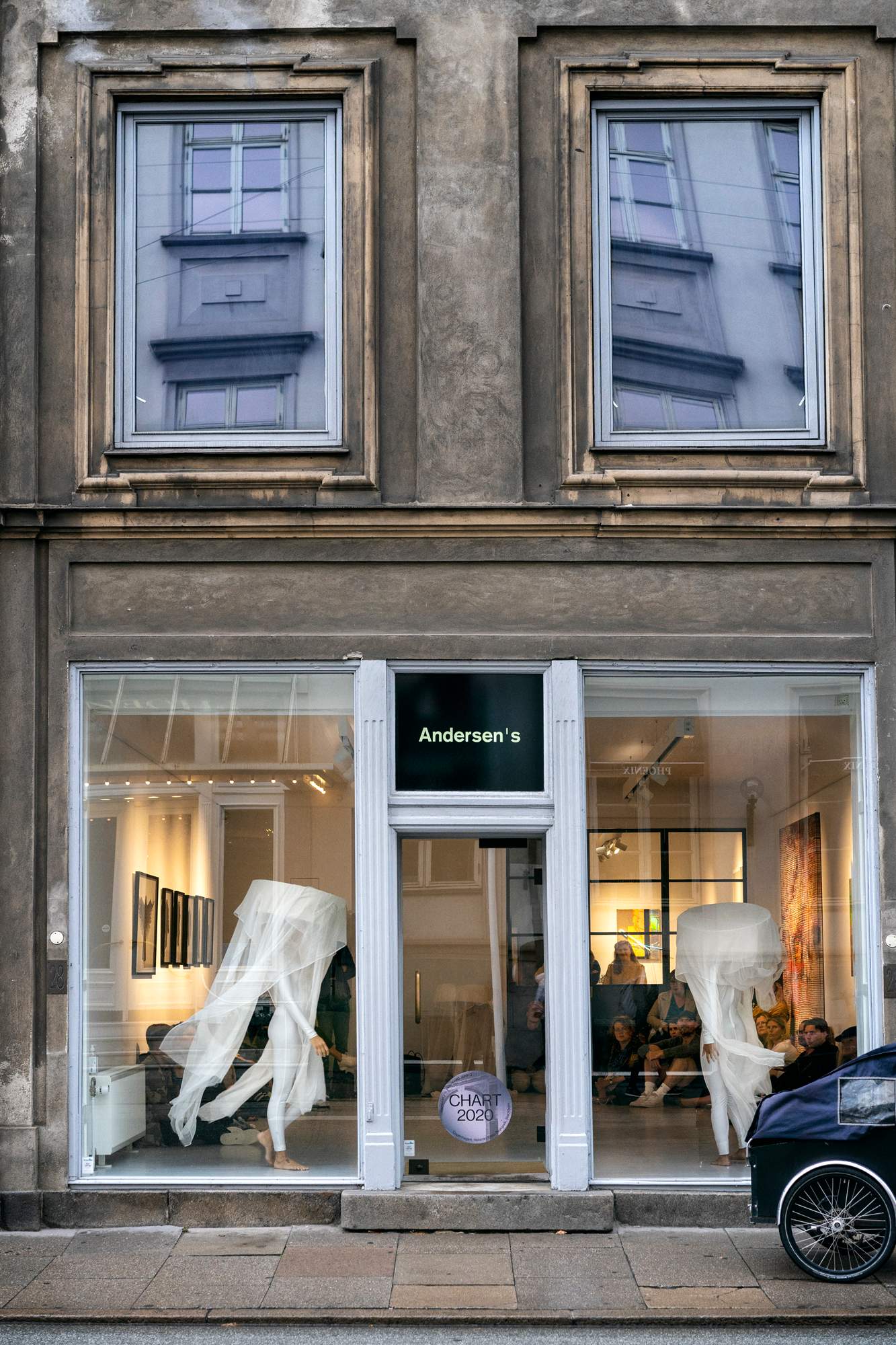
‘Gynophobia’ performed by Lilibeth Cuenca Rasmussen at Andersen’s in Copenhagen

Visitors to gallery Persons Projects at the Fotografisk Center, in front of Tiina Itkonen’s photographs
Chart was founded in 2013 by five Copenhagen galleries to boost the international profile of Nordic art. Rather than taking place in a convention centre, like most other art fairs, it uses spaces in the city to host participants. For last year’s edition, works shown by almost 40 galleries and institutions from across the five Nordic nations drew 25,000 visitors, mostly to the city’s contemporary art venue, Kunsthal Charlottenborg. But as the date of this year’s event at the end of August loomed, it became clear that this model (with 40 per cent of visitors coming from overseas) would be hard to pull off.
Still, the idea of moving all operations online, which has often become the norm for competitors, didn’t appeal. With Danish art sales down by 90 per cent in the first part of this year, times called for innovative measures. A plan was hatched: instead of galleries from the region coming to Copenhagen, this year’s Chart would be present in the five Nordic capitals – Stockholm, Oslo, Helsinki, Reykjavík and Copenhagen – instead. The fair would take place in the galleries themselves, while temporary spaces would serve a few international galleries that represent Nordic artists. By doing this, Chart would become one of the first European shows to return to a physical format.
The idea of moving operations online, which has become the norm for competitors, didn’t appeal
“Even before all this, there was a sense of fair fatigue,” says Hjortenberg. “But no one wanted to miss out so we all went anyway.” Could collectors’ come to favour buying at smaller events? With quarantines and restrictions still curbing travel, fairs such as Chart have often become the only option. Still, networking and socialising are key aspects of most fairs, which is why Chart ensured that virtual matchmaking sessions were organised to bring together those who were unable to attend in person. Even these meetings, though, were set up to minimise virtual fatigue. When monocle meets Henrikke Nielsen of Vienna-based gallery Croy Nielsen, she has just finished one of these conferences. “The limit has to be three or four people,” she says. “It works fine if the buyers already know the artist and their work but it’s tricky to introduce new artists virtually.”
Nielsen recognises that many events won’t be able to do away with a digital approach entirely but challenges persist. “There’s definitely a lot of work still to be done with online formats,” she says. “You just can’t transfer a physical fair to a digital experience.” Many involved with Chart seem to agree. “I fucking hate art on a screen,” says Swedish artist Sara-Vide Ericson. “Art online looks flat. There’s no structure, no texture.”
Jesper Elg of Copenhagen’s V1 gallery – one of Chart’s founders – initially resisted the hybrid format but has been gratified by the way that the fair has managed to sustain a sense of a unified occasion (helped in part by guided tours linking the cities’ participating galleries). Though Elg admits to missing the social aspect of bigger international fairs, he also describes them as an “ordeal”. “My job is communicating about art and that’s difficult when everyone is rushing from one booth to the next,” he says. It’s a sentiment echoed by gallerist Nielsen. “Traditional fairs were where I met 80 to 90 per cent of my clients,” she says. “But I have enjoyed not doing them and spending more time in my gallery.”
Timothy Persons of Berlin-based gallery Persons Projects concurs. He usually spends much of autumn hopping between events but feels that, even before the pandemic, that way of operating had become overheated. “A lot of the B-grade art fairs would have died anyway,” he says. “That’s not to say that coronavirus was a blessing: our fair sales have dropped by 80 per cent. But there is a positive: people are coming to our gallery instead.”
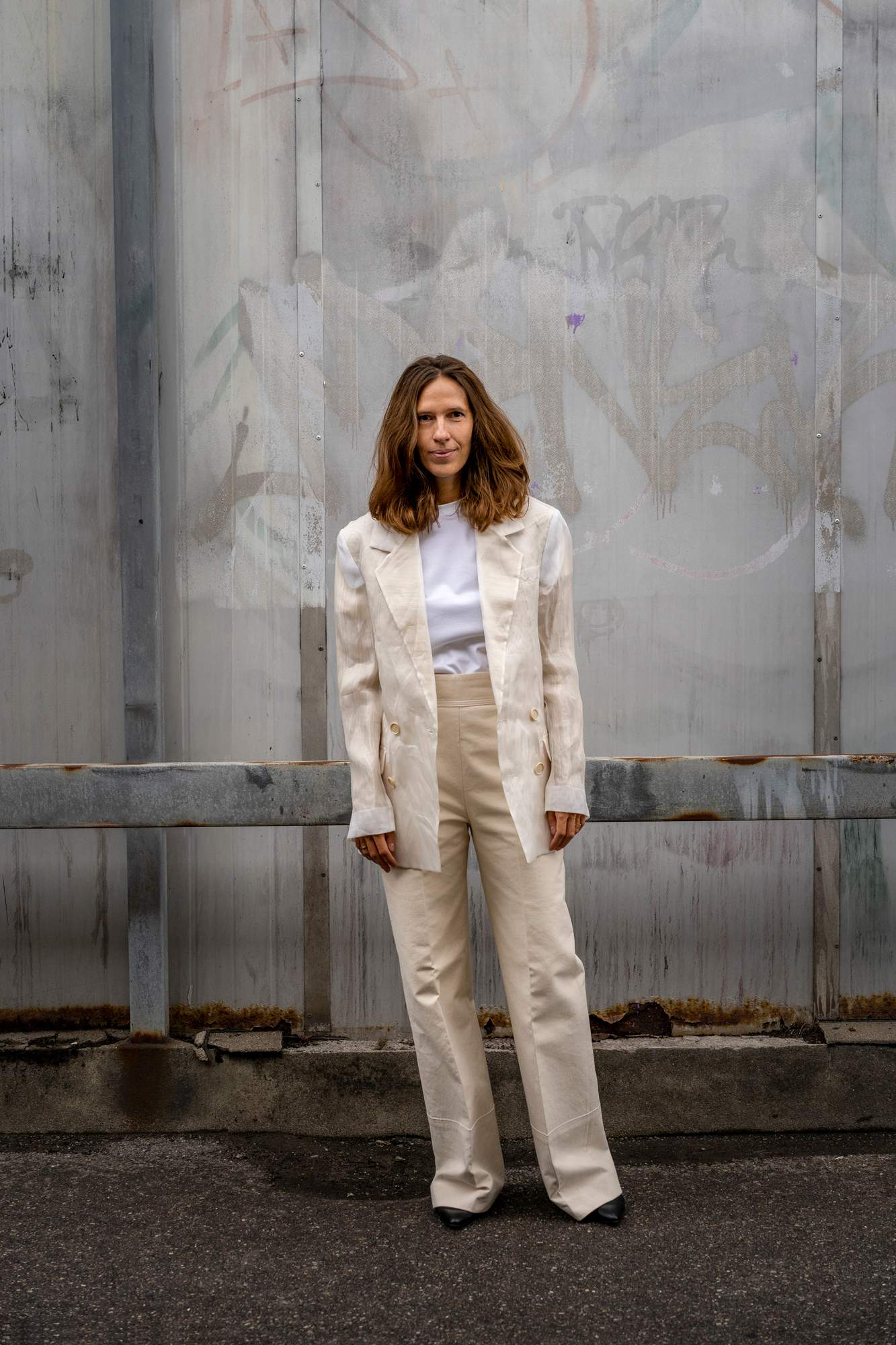
Fair director Nanna Hjortenberg
So perhaps the question isn’t whether large- or small-format fairs will triumph but which events in both camps will prove that they have the ideas and inventiveness to survive. In Chart’s case, the decision to only show female artists at this year’s edition was another important point of difference. “Gender representation is the biggest structural challenge in the art world,” says Hjortenberg. Only 24 per cent of artists exhibiting at global fairs are women, with 2 per cent of revenue from overall sales made up by female artists.
Will a conceptual approach sway the fortune of commercial art fairs in the future, given that they are businesses fuelled by large volumes of sales? “This year it’s more about the quality than the quantity,” says Hjortenberg. “We have a moment in time now to reflect on what the key criteria for art fairs will be going forward. I think that those with the biggest chance of survival will be the ones that are strongly curated – and with a strong community.”
chartartfair.com
q&a
Victoria Siddall

As global director of Frieze, Siddall has led the way for many fairs around the world in how to adapt to the current curbs. Here she talks about how fairs could change and why a hunger for large international events is here to stay.
Are larger events influenced by local fairs?
Local fairs definitely have a place but our fairs are not that. What we do is bring together galleries from 35 countries: for people travelling to see art, this is an efficient and exciting way to do so. But our fairs also celebrate a city, so there is a local element. People who come to Frieze in London, New York or Los Angeles are not just coming for the fair: they come for the extraordinary galleries, museums and cities.
Will there still be an appetite for large fairs?
Absolutely. When they’re good, they are fantastic. Quite a few gallerists tell me that they miss art fairs – speaking to their colleagues and their peers, showing people art in person, discovering art themselves.
Will some changes be carried into the future?
There’s long been resistance to digital selling but that has massively accelerated. Another big conversation is around sustainability. We’re part of a group called Galleries Climate Coalition, talking about how we can reduce carbon emissions – from travel and shipping to packaging. It’s an opportunity to reset and rethink.
comment
The future of art fairs
Chart’s cleverly branded “decentralised format” is just one example of how art fairs have been forced to rethink their business models. Several, including market leaders Frieze and Art Basel, are reinventing themselves as online businesses. The boutique Salon Art + Design fair in New York has gone old-school, turning this November’s event into what it is calling “a luxurious print magazine” on “the intersection of art and design”.
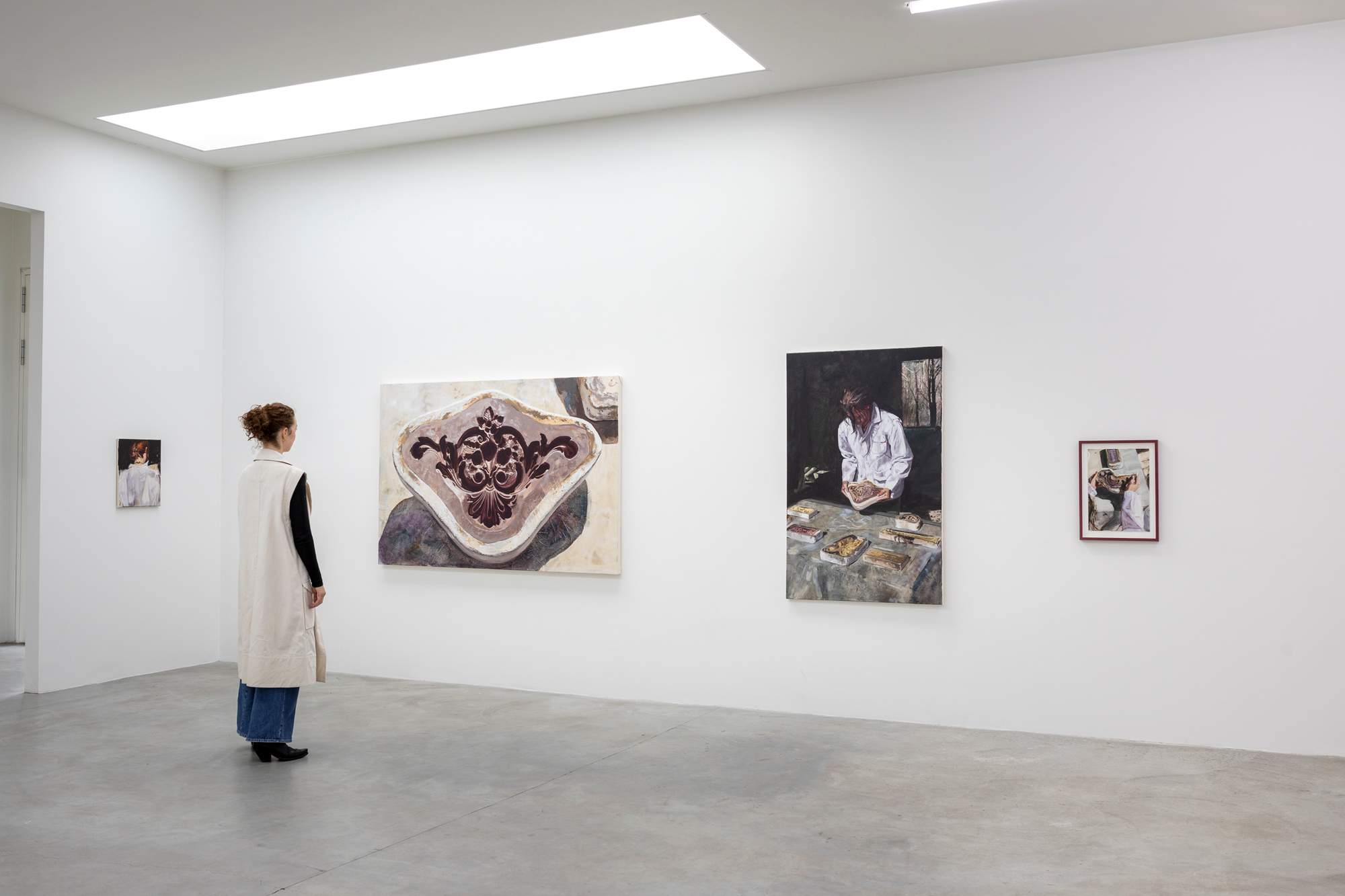
Exhibition ‘Navigating Ancient Consequences’ by Sara-Vide Ericson at Eighteen in Copenhagen
The commercial art world is watching closely because fairs are important business and social events. Despite some fashionable eye-rolling about “fair-tigue” (there are more than 250 such events worldwide), collectors love seeing that much art – and meeting gallerists, curators and journalists – under one roof. They also like to spend at them. Fairs are critical to the financial success of most contemporary galleries, accounting for between a third and a half of annual sales.
Meanwhile, it is clear that the art market has taken a hit. Reports by analysts Arts Economics and ArtTactic show that sales at both primary market galleries and secondary market auction houses are down by 36 per cent and 49 per cent respectively. Yet business confidence is not as bad as the numbers suggest. Clare McAndrew, founder of Arts Economics, which surveyed more than 3,000 commercial galleries for Art Basel and ubs in September, says that about half of the 795 respondents expect an improvement in 2021.
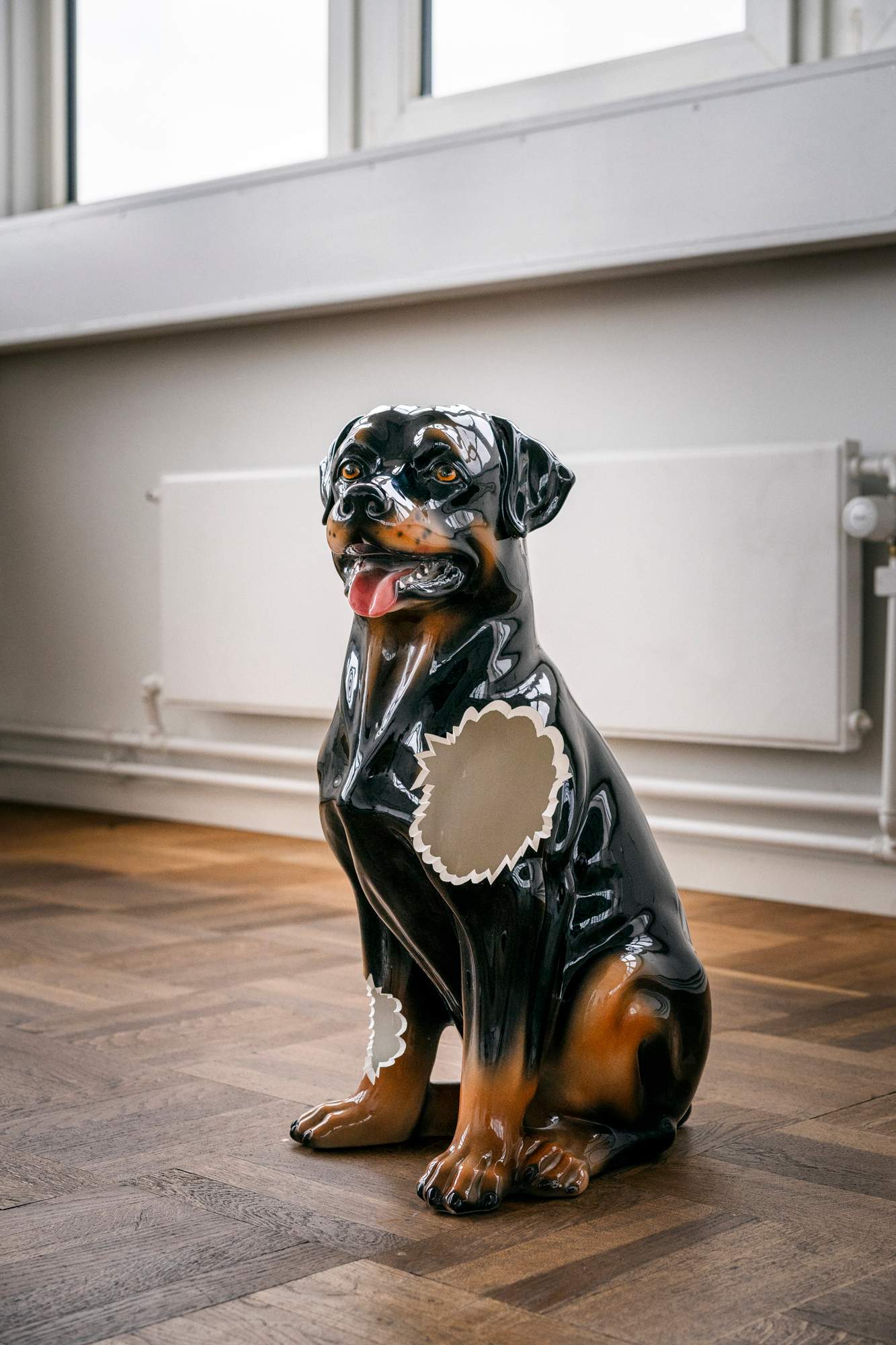
Nina Beier’s dog from Vienna gallery Croy Nielsen

Henrikke Nielsen from Croy Nielsen

Ericson giving a talk at Eighteen
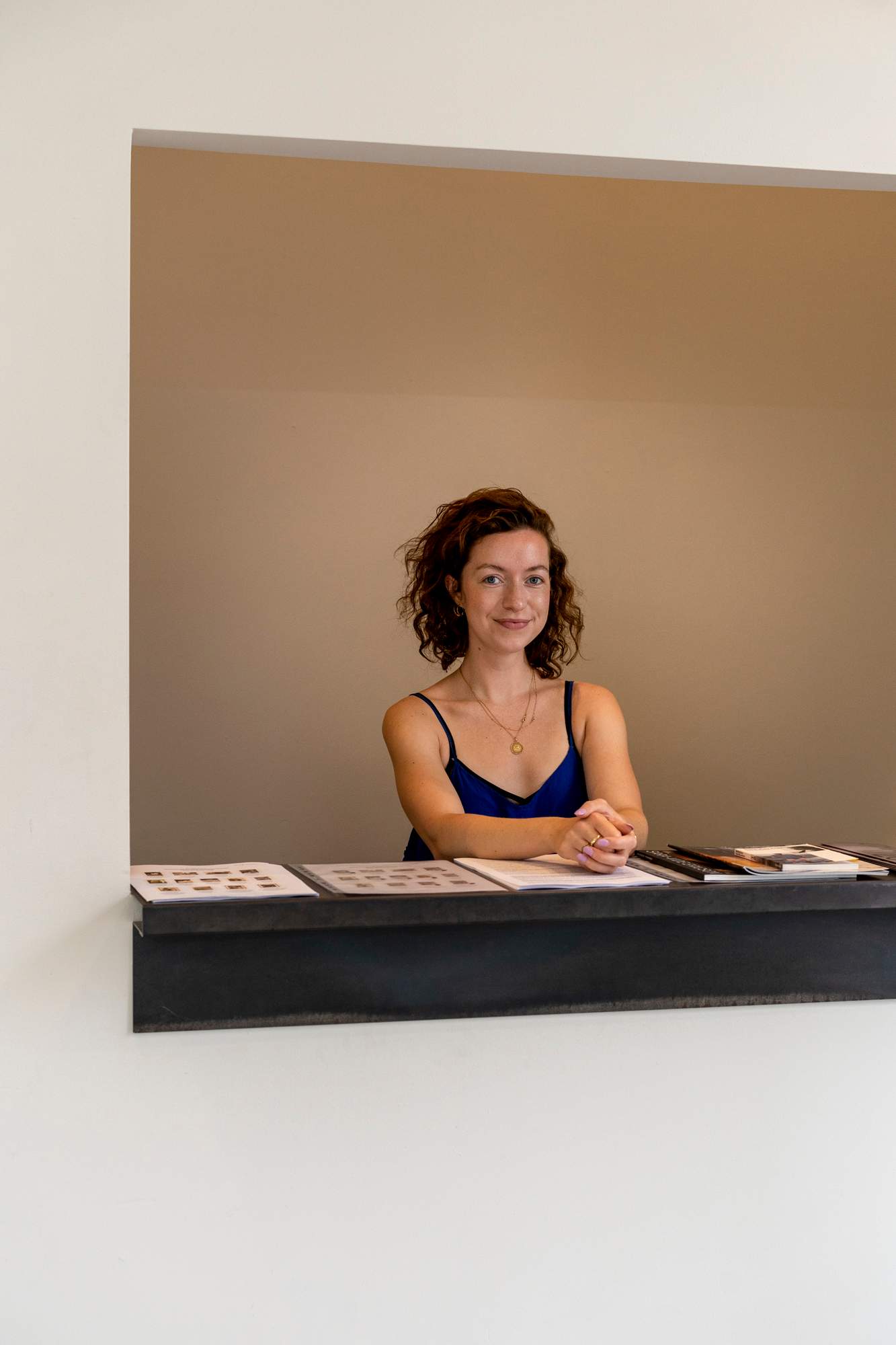
Amanda Faerk, assistant director of V1 Gallery and Eighteen
“A big shakeout is happening,” says Marc Glimcher, chief executive of Pace Gallery, which has outposts in the UK, US and Asia. He predicts that galleries will focus on clearly differentiated fairs, either with niche themes or taking place in exciting cities. “There’s too many unspecialised fairs,” he says. “They end up all the same.”
It seems he is not alone. Gallerist Johann König has run two editions of Messe, a mini art fair, in his gallery in a former church in Berlin. Brussels gallery Maruani Mercier is launching the Warehouse Fair, with no fees or commissions, for 11 Belgian participants. “We need to reinvent ourselves,” says Glimcher. “But it is time to remember what really matters. Art fairs are no substitute for art galleries.”


